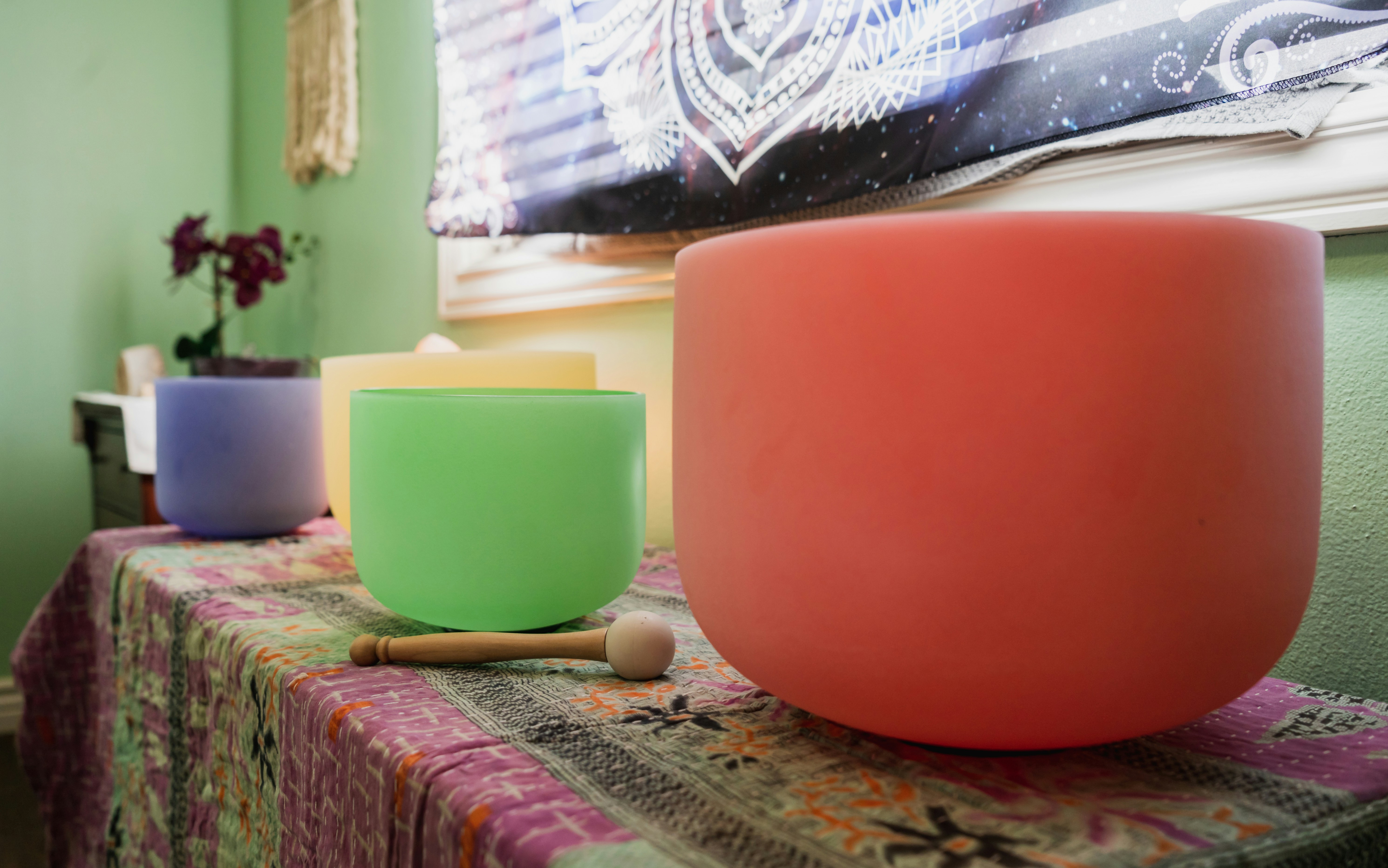Have you ever wondered how stepping into freezing water could possibly make you mentally stronger? It might sound like an act of madness to many, yet cold plunging has been making waves in the wellness community for its incredible mental and physical benefits. Let’s unravel this icy mystery together and discover how it can reshape your mental resilience.
Understanding Cold Plunging
Cold plunging, also known as cold water immersion, is more than just bracing for a splash of icy water. It is a practice where you deliberately immerse your body in cold water, usually below 15°C (59°F), for a short period of time. The aim is to invoke a series of physiological and psychological responses that are beneficial to your health and well-being.
A Brief History of Cold Plunging
Cold water immersion isn’t a modern-day concoction. This practice goes back centuries, crossing various cultures, traditions, and healing practices. The ancient Greeks were known to use hot and cold baths as part of their therapeutic regimen. Similarly, cold baths have been an integral part of Nordic and Eastern European cultures, often mentioned in connection with sauna usage. The practice has always been associated with enhancing circulation, improving immunity, and lifting spirits—a testament to its enduring appeal.
Modern-Day Cold Plunging
Today, cold plunging has found its place in modern wellness routines, often championed by athletes, wellness gurus, and those seeking new ways to enhance mental health. Wim Hof, often referred to as “The Iceman,” has popularized this practice and inspired many to integrate it into their daily lives.
Why Cold Plunging?
Before we delve into how this frosty practice can transform your mental resilience, it’s important to understand the “why” behind it. Why would anyone subject themselves to such extreme conditions?
The Physiological Effects
When you immerse yourself in cold water, your body begins to react almost immediately. The initial shock sends your body into a heightened state of alert, activating your sympathetic nervous system. This response is responsible for the fight-or-flight mode that helps improve alertness and energy levels.
The table below highlights some key physiological effects of cold plunging:
| Effect | Description |
|---|---|
| Vasoconstriction | Blood vessels constrict to redirect blood flow from the skin to vital organs, improving circulation. |
| Increased Heart Rate | The sudden cold onset increases heart rate and blood flow, preparing the body for the perceived threat of cold exposure. |
| Release of Endorphins | The shock of cold water can trigger endorphin release, promoting a sense of well-being and euphoria. |
| Reduced Inflammation | Cold exposure can lower inflammation, which is beneficial for muscle recovery and overall health. |
The Psychological Benefits
While the physical benefits of cold plunging are noteworthy, the mental and emotional impacts are equally profound. Facing the discomfort and challenge of cold immersion can teach you valuable lessons in courage and perseverance.
Building Mental Resilience
Learning to embrace discomfort is like forging steel in a fire; it strengthens your capacity to endure and overcome adversity. Each cold plunge is an exercise in building your mental fortitude. It’s a testament that translates to other areas in life where stress, anxiety, and discomfort are prevalent.
Elevating Mood
Cold water exposure has been linked to elevated mood. This could be due to the endorphin rush that often accompanies the practice or possibly the mental triumph of pushing through a challenging experience.
Enhancing Focus
The immediate cold shock demands your full attention, leaving little room for distraction. It’s an effective reset that clears your mind and sharpens focus, helping you tackle tasks with renewed clarity.
The Science Behind Cold Plunging
Exploring the science behind cold plunging can deepen your understanding of how this practice impacts your mind and body. Research into cold exposure reveals fascinating insights into our psychological and physiological responses.
Neurochemical Responses
Cold immersion boosts adrenaline, noradrenaline, and dopamine levels, leading to heightened alertness and motivation. These neurotransmitters contribute to an overall sense of satisfaction and contentment.
Noradrenaline’s Role
Noradrenaline plays a critical role in focus, attention, and mood regulation. High noradrenaline levels following cold exposure can reduce inflammation and improve mood, potentially alleviating symptoms of depression and anxiety.
Adaptive Mechanisms
Your body’s ability to adapt to regular cold exposure is a testament to its resilience. Over time, this adaptation can lead to a reduced stress response, allowing you to handle stressful situations with greater ease.
How to Incorporate Cold Plunging into Your Routine
Cold plunging isn’t a one-size-fits-all practice. If you’re considering incorporating it into your routine, it’s essential to approach it cautiously and deliberately. Here’s how you can start your journey:
Starting Slow
Begin with brief exposures to cold water. Use your shower to gradually lower the temperature and aim for just a minute or two of immersion at first. This introduction allows your body to gradually adjust to colder temperatures.
Gradually Increasing Time
As you become more accustomed, increase your immersion time incrementally. It’s important to listen to your body’s signals and not rush the process. With consistency, your threshold will increase, allowing for longer plunges.
Finding the Right Environment
To maximize the benefits, ensure you’re in a safe and controlled environment. Whether it’s a cold shower, a tub, or a natural water source, prioritize safety and comfort. Consider joining a local group or community that engages in cold plunging for added support and guidance.
Overcoming Mental Barriers
Like any wellness practice, cold plunging comes with its set of challenges. It requires mental strength and perseverance to face the initial discomfort. Let’s explore how you can overcome these mental hurdles:
Embracing Discomfort
Acknowledge that discomfort is temporary, and resilience is built by leaning into those uncomfortable moments. Each plunge into cold water is a metaphorical plunge into life’s challenges. By facing them head-on, you expand your comfort zone.
Creating a Routine
Consistency is key in reaping the benefits of cold plunging. Create a routine that integrates cold exposure regularly. Set specific times in your week dedicated to this practice, and hold yourself accountable.
Potential Risks and Precautions
While cold plunging offers immense benefits, it’s vital to be aware of potential risks and necessary precautions. Like any practice that involves physical and mental challenge, understanding these risks is essential.
Understanding the Risks
Cold plunging is generally safe for most people, but certain individuals may face increased risks. Those with cardiovascular conditions, respiratory issues, or pre-existing health concerns should consult with a healthcare professional before starting.
Practicing Safety
Never plunge alone, especially if you’re new to the practice or are opting for outdoor environments. Ensure you’re aware of your physical limits and never push beyond what feels safe. A gradual introduction and careful monitoring are key to a positive experience.
Responding to Adverse Reactions
Recognize the signs of hypothermia or any adverse reactions. If you experience shivering, confusion, slurred speech, or any form of distress, remove yourself from the cold immediately and seek warmth.
Cold Plunging in Everyday Life
Integrating cold plunging into your daily life can enhance your mental fortitude and overall well-being. It’s not merely an activity; it’s a lifestyle transformation. Here are ways it complements everyday life:
Enhancing Daily Resilience
By regularly engaging in cold plunging, you cultivate an ability to face daily challenges with improved resilience. This practice serves as a mental reminder of your strength and capacity to endure and overcome difficulties.
Boosting Overall Well-being
The cumulative effects of cold plunging extend beyond mental resilience. Improved circulation, enhanced mood, and increased energy levels significantly impact your overall well-being, creating a more balanced and fortified life.
Encouraging Community and Connection
Cold plunging has grown into a community-oriented practice. Participating in group plunges can offer support, shared experiences, and motivation. Engaging with a community enhances the practice, providing a sense of belonging and shared purpose.
Conclusion
Cold plunging offers a unique and empowering way to boost mental resilience. By immersing yourself in icy waters, you confront and conquer mental barriers, emerging stronger and more resilient. Remember, even the smallest steps into the frigid unknown contribute to your growth and self-improvement.
Isn’t it remarkable how something as simple and natural as water can become a powerful tool for personal transformation? As you explore the potential of cold plunging, may your journey be one of courage, persistence, and renewed strength.





